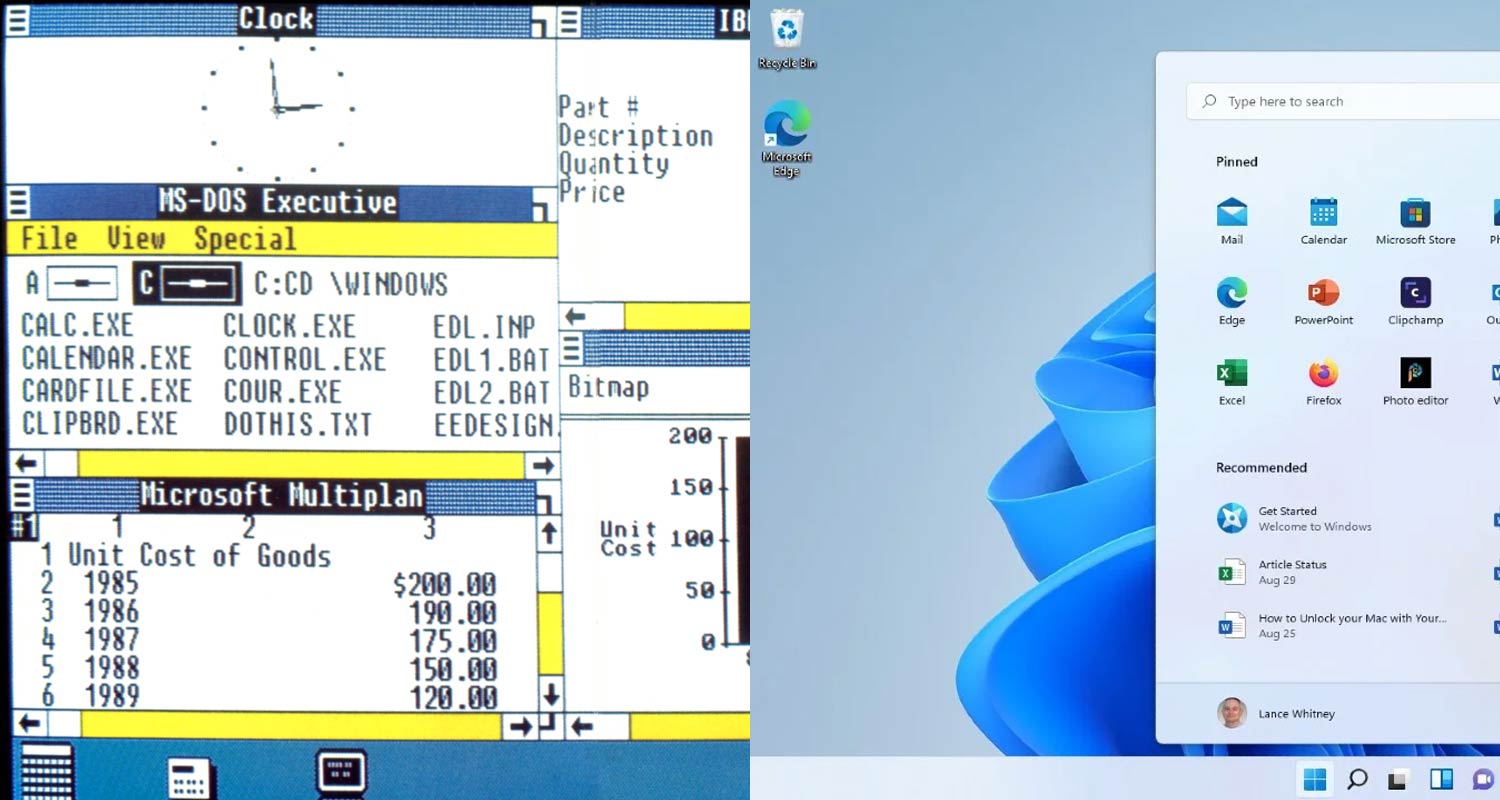
One of the most inspiring aspects of watching technology evolve is how quickly later iterations of impactful developments tend to dwarf version 1.0.
Some inventions, like Apple’s iPhone, are ground-breaking from the outset, but still tend to get quickly better. Even those technologies that don’t garner massive appeal initially also benefit from iterative development.
There is a tendency, especially among younger people who were not around to see some of their favourite tech in its infancy, to take for granted the seamless functionality that comes with today’s consumer technologies.
Today, for example, memory and storage is plentiful, the Windows “blue screen of death” is a thing of the past (mostly – Ed), and phones can be charged from zero to full in under an hour.
TechCentral takes a look at some of the most important consumer technologies and compares these to the debut releases. In some cases, the transformation is astonishing.

1. Original iPhone vs iPhone 15 Pro Max
The launch of the original iPhone in 2007 was a gamechanger for mobile computing, ushering in the age of smartphones and the app ecosystems that underpin their utility. One the of the key advances made by the original iPhone was its integrated camera, music player and data store in a single product. In the intervening years, advancements in the technology of each component inside the iPhone and the chips powering the devices have taken a sluggish, fairly basic device and turned it into a powerful pocket computer.
The original iPhone had a 3.5-inch LCD screen with a 2-megapixel camera. By contrast, the iPhone 15 Pro Max has a 6.7-inch OLED display with three rear cameras: a 48-megapixel main camera, 12MP wide-angle lens and 12MP telephoto camera. The software controlling the camera has also improved greatly, too.
The 4GB of flash memory in the first iPhone is dwarfed by the 256GB, 512GB, 1TB and 2TB storage options available in the latest iPhone Pro models. Similarly, the top download speed of 48kbit/s offered by the original iPhone’s 2G connectivity is nothing compared to the latest model’s 5G radio, which provides speeds well in excess of 100Mbit/s.
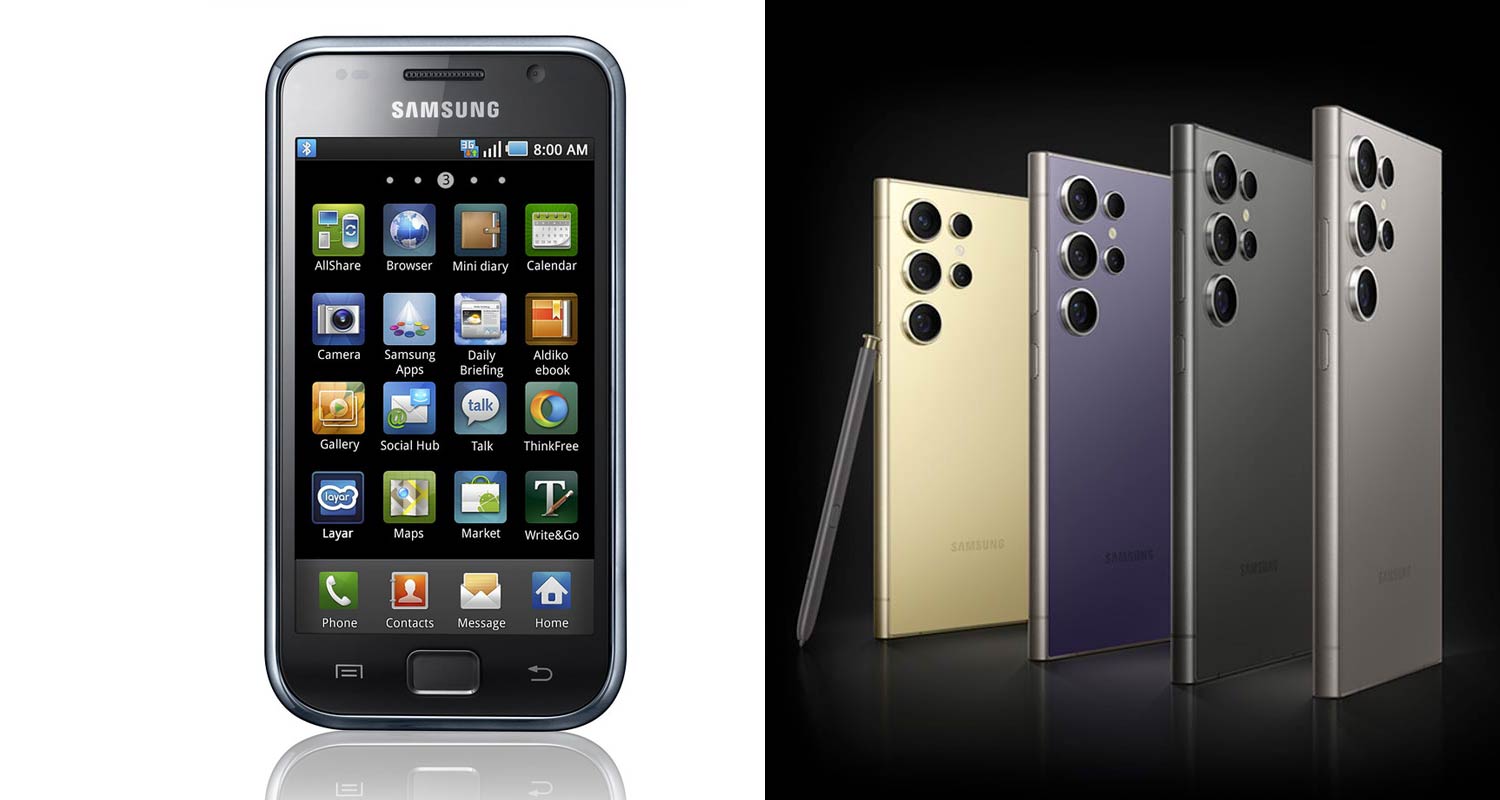
2. Samsung Galaxy S1 vs S24 Ultra
Released in 2010, the first Galaxy S phone was Samsung’s third Android-powered device and a huge success with consumers – more than 125 million of the S1 were sold worldwide. The Galaxy S series has grown to define the premium segment of the Android market, while providing stiff competition to Apple for high-end customers.
The original Galaxy S featured a 1GHz ARM Cortex processor, 512MB of RAM and up to 16GB of storage. The phone ran Android 2.1 “Eclair”, a very early (and clunky) version of the Google operating system for smartphones.
While advancements in camera, screen and materials technology – as well as the addition of the S Pen – make visual differences between the original Galaxy S and its latest iteration obvious, the most striking difference between the S24 Ultra and all other generations of Galaxy S devices is in the AI-powered software.
By integrating Google’s Gemini AI software into its custom One UI, Samsung has added a “Circle to Search” feature that allows users to search for items visually. Other AI features in the S24 series include transcription of voice recordings and live translation of calls between speakers of differing languages.
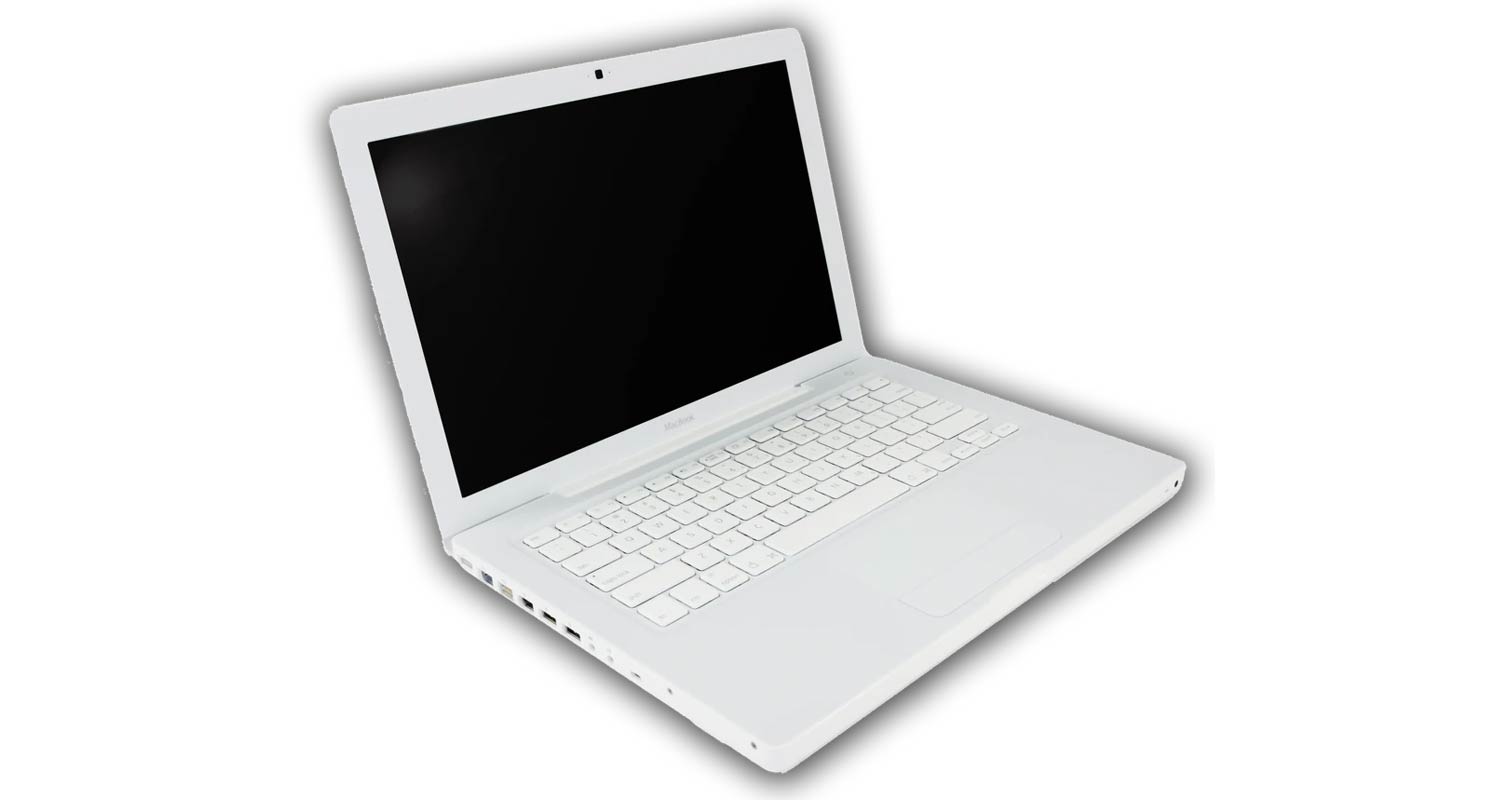
3. Original MacBook vs M3 Max MacBook Pro
The original MacBook, released in 2006, came with Apple’s shift to Intel chips and away from Motorola PowerPC processors used in the iBook series. Apple has since said goodbye to Intel, with the latest MacBook Pros housing the third generation of Apple’s in-house silicon, the M3 series.
One of the most noticeable differences between the first-generation MacBook and its latest iteration are the number and type of ports. The original MacBook featured a MagSafe power connector next to an Ethernet port, two USB 2 ports and audio in/out ports. On the other side sat a CD/DVD slot (who uses those anymore?). The original MacBook Pro was an inch thick to accommodate these various ports and other internals.
In contrast, the 2023 MacBook Pro is about 40% thinner at 0.66 inches. Many of the ports found on the original MacBook have disappeared, leaving an SDXC card slot, HDMI port, 3.5mm headphone jack, a MagSafe 3 port and three Thunderbolt 4 ports that can be used for charging, display and data transfer.

4. Original Apple iPad vs current iPad Pro model
Released in 2010, the original iPad featured a 1GHz Apple A4 processor with 256MB of RAM and a maximum 64GB of storage. The latest version of Apple’s premium tablet, the iPad Pro, features the company’s in-house M2 chip with eight-core CPU and 10-core GPU, which renders graphics onto a 12.9-inch Liquid Retina XDR display.
The latest iPad Pro comes with a number of storage options, with the lowest one at 128GB being (only) double what the highest-spec iPad 1 offered at 64GB. The highest-spec iPad Pro today offers 2TB of storage, 32 times the amount of data that the original iPad could store.
The original iPad did not have any cameras, whereas the latest Pro model features a 12MP wide and a 10MP ultrawide camera. Despite its additional features, at 6.4mm in thickness, the latest-generation iPad is a little less than half as thick as the original. It is also lighter, weighing 685g versus the original’s 730g.
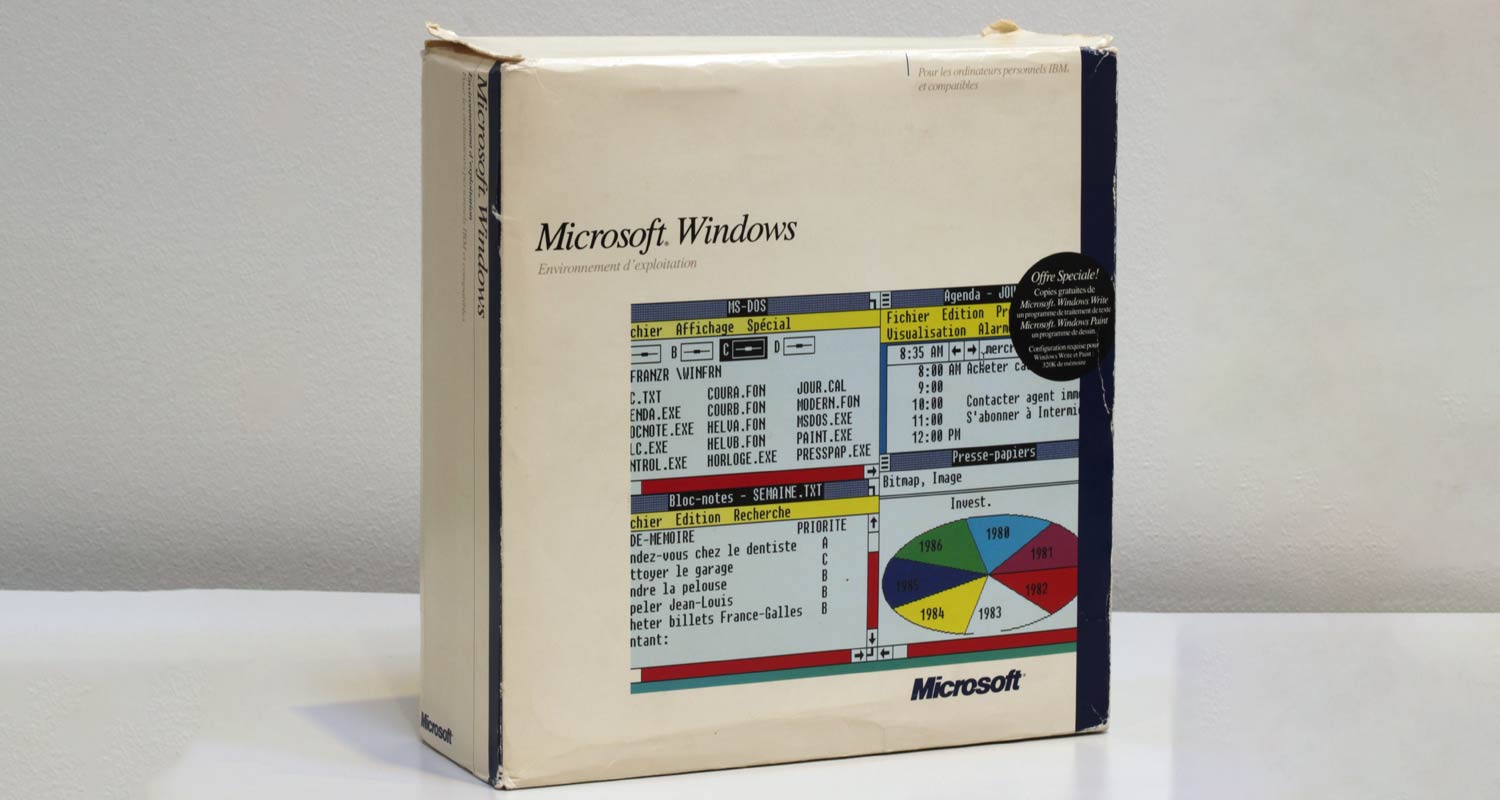 5. Windows 1.0 vs Windows 11
5. Windows 1.0 vs Windows 11
At the genesis of the PC revolution, Microsoft co-founder Bill Gates correctly anticipated that selling software would become more lucrative than selling hardware, which would become commoditised. This insight helped Microsoft use MS-DOS and later Windows to build a tech empire.
However, the first version of Windows, released in November 1985, did not have fancy tiles, dynamic animations or even something as simple as dark mode. It also was not much of a commercial success and was widely criticised for being too complex for ordinary users to navigate compared to Apple’s operating system at the time.
Despite its clunkiness, Windows 1.0 introduced many features that became standard components of the operating system, such as a Calendar, Clock, the clipboard and Notepad. This laid the foundation for concepts that would be expanded over many iterations. The iconic Start menu was only introduced 10 years later, in Windows 95, the version that propelled Microsoft onto the global stage.
Windows 1.0 ran on Intel 8088 (or later) processors. Those chips had a clock speed of just 5MHz and required 256KB of floppy disk storage. Windows 11, on the other hand, requires a 1GHz processor, 4GB of RAM and 64GB of storage (and that’s just to get it to boot).
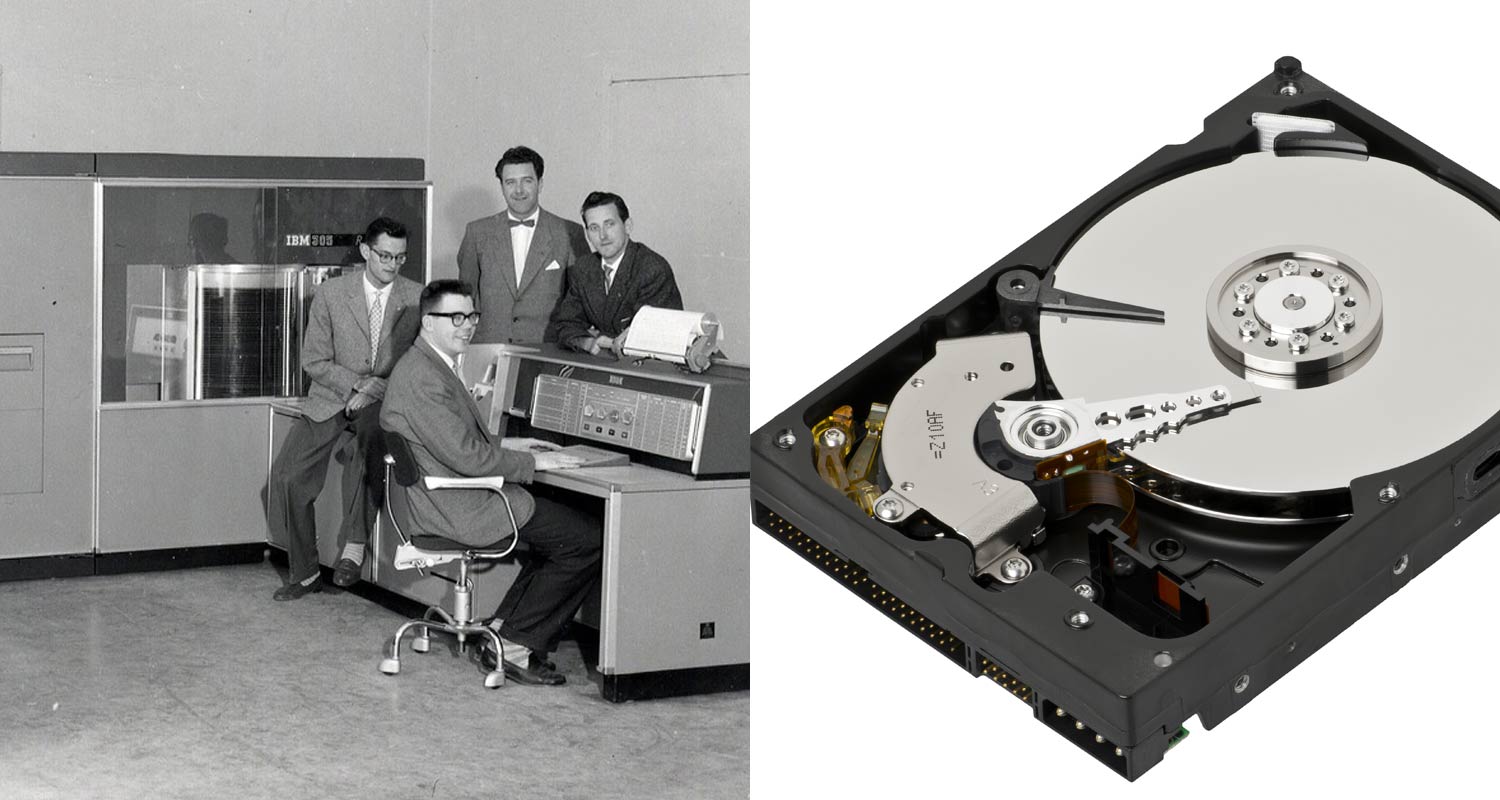 6. Original hard disk vs maximum capacity today
6. Original hard disk vs maximum capacity today
IBM’s invention of the hard disk in 1953, then called the “random access file”, introduced the concept of secondary storage to computing. The IBM 305 Ramac, released in 1957, was the first commercial device to ship with secondary storage. The Ramac’s hard drive was made up of 50 24-inch platters that took up the space of two fridges. Weighing nearly a ton, the drive offered a mere 5MB of capacity, enough to store one song in MP3 format (not invented at the time).
Today’s hard drives peak at an impressive 32TB, weigh less than a kilogram and, with a 3.5-inch diameter, can be held in one hand. Solid state drives, or SSDs, are slowly replacing hard drives because they’re faster and more durable. SSD capacities peak at around 100TB, but commercially generally available versions top out at 8TB.
 7. USB flash drives
7. USB flash drives
When the first USB flash drive became commercially available in 2000, it had just 8MB of storage space. It took just two years for the capacity of these minute devices to reach 1GB. Simultaneous advancements in transfer speeds, marked by the release of the USB 2.0 standard in 2001, made it possible to carry and share larger multimedia files between devices.
The largest flash drives today offer 2TB of storage. Many of the latest thumb drives conform to the USB 3.2 standard, offering data transfer speeds of up to 20Gbit/s.
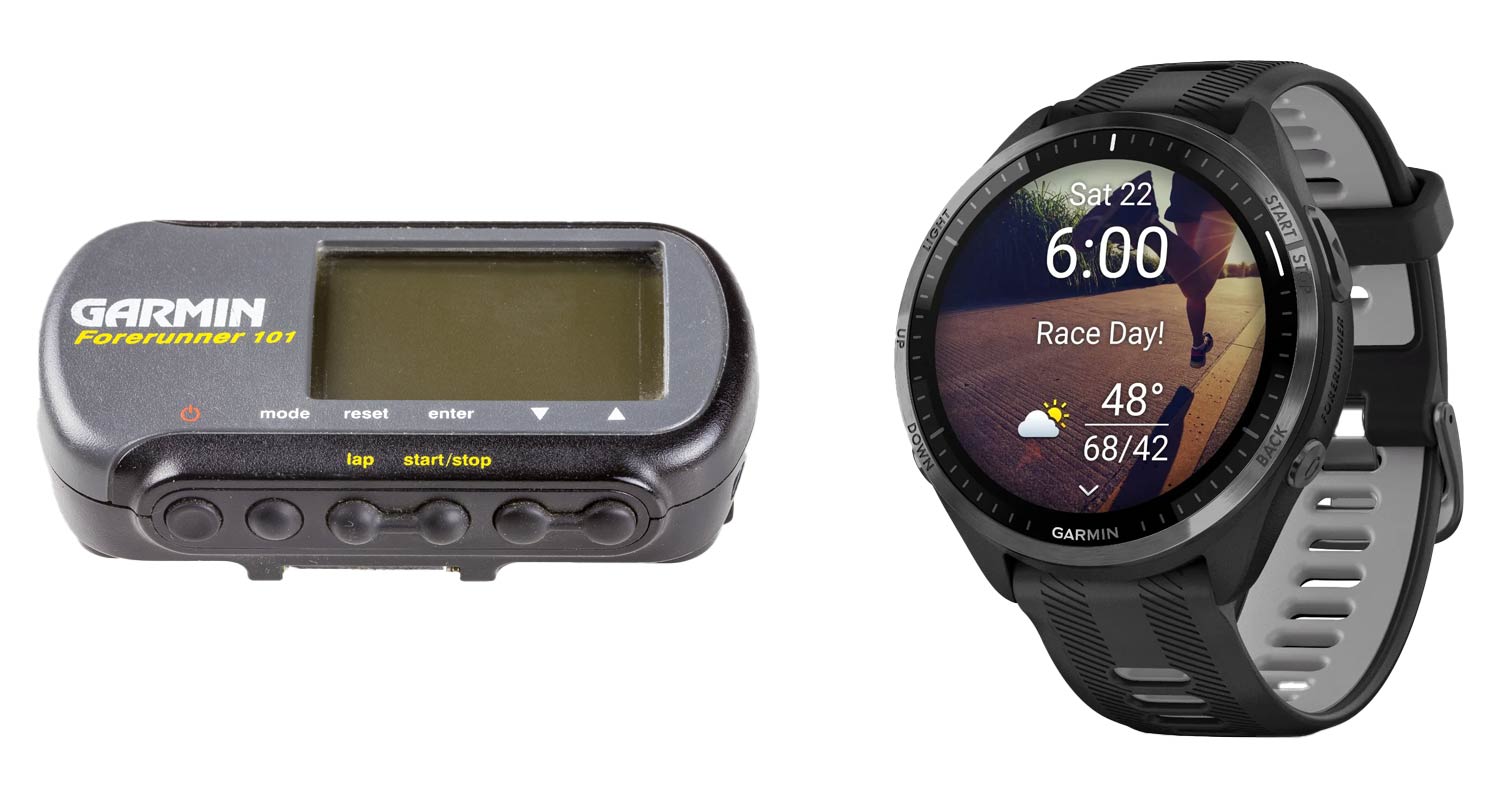 8. Garmin Forerunner 101 vs Forerunner 965
8. Garmin Forerunner 101 vs Forerunner 965
Garmin released its Forerunner 101 sports “watch” back in 2003 when wearable technology was a distant dream for most. The 101’s large size and brick-like shape made it an ugly device, but the functionality it provided gave runners a new way of tracking and analysing their performance. Two AAA batteries offered about 15 hours of battery life. Features such as a heart-rate monitor and water resistance did not come to the Forerunner series until much later.
The latest in the series, the Forerunner 965, by contrast, has a sleek design that resembles a classic wristwatch. The 965 is also solar powered and the battery can run for up to 31 hours while using the power-hungry GPS. The 965 is also Bluetooth enabled and has 32GB of storage.
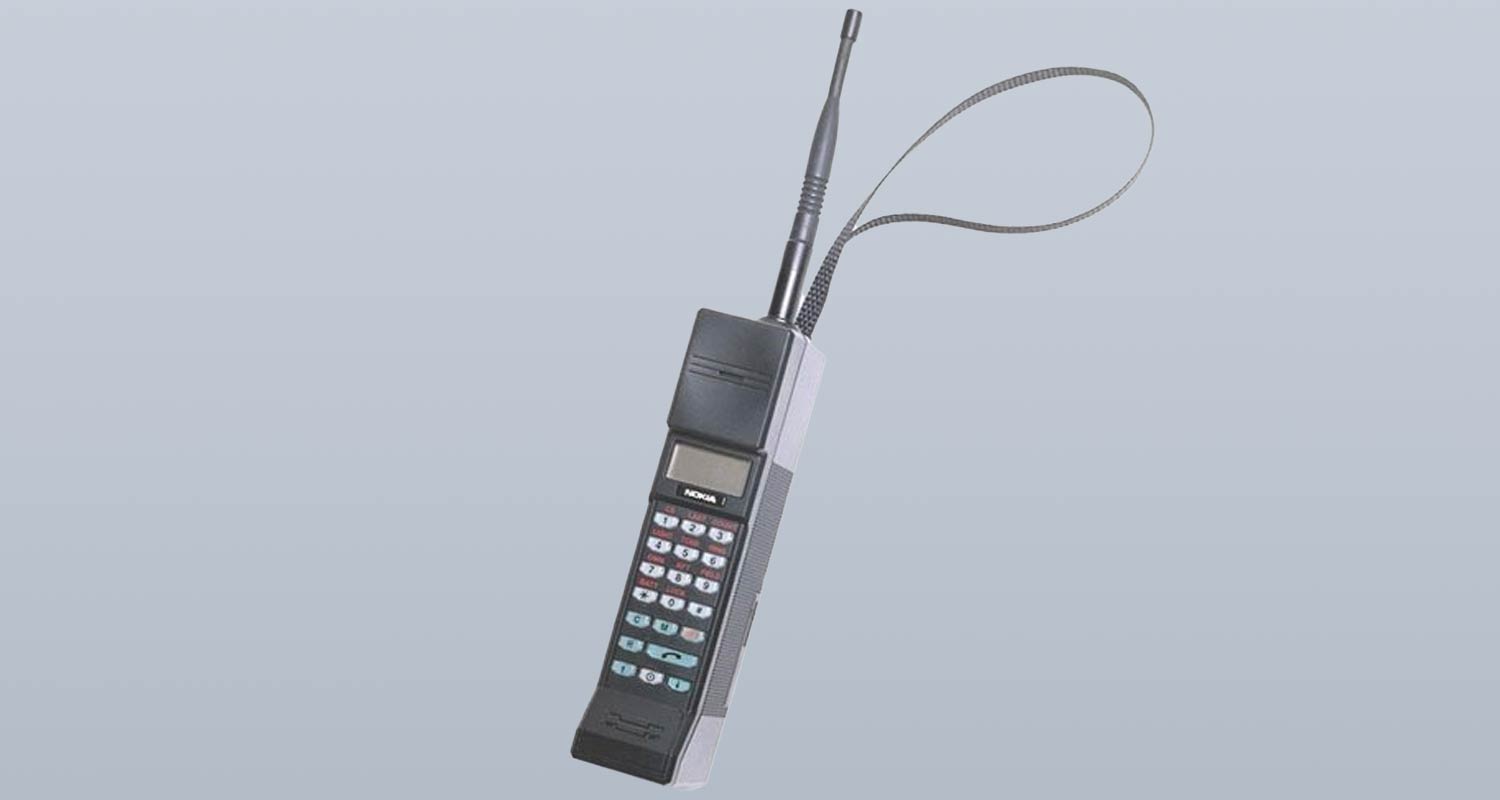
9. Cellphone batteries
The first batteries for mobile devices, featured in Nokia’s Mobira Cityman of 1987, were made of nickel-cadmium (NiCad), took six hours to charge, and offered just one hour of battery life. NiCad batteries also suffered from a “memory effect”, which meant they had to be fully discharged before each recharge, else they would “remember” the shortened lifecycle and produce even shorter up running times.
Nickel-metal hydride (NiMH) batteries quickly replaced NiCad as they were considerably smaller and offered better battery life. Although they also suffered from the memory effect, it was not as pronounced as it was with NiCad. NiMH batteries drove the mobile revolution from the mid-1990s to the mid-2000s. They were replaced by lithium-ion batteries, which were 40% lighter and didn’t suffer from the memory effect.
Today’s midrange cellphones feature up to 5 000mAh batteries and offer 10 hours or more of battery life with the screen on. Charging times have also improved dramatically, with modern batteries making use of fast charging to reach capacity in less than an hour. – © 2024 NewsCentral Media




